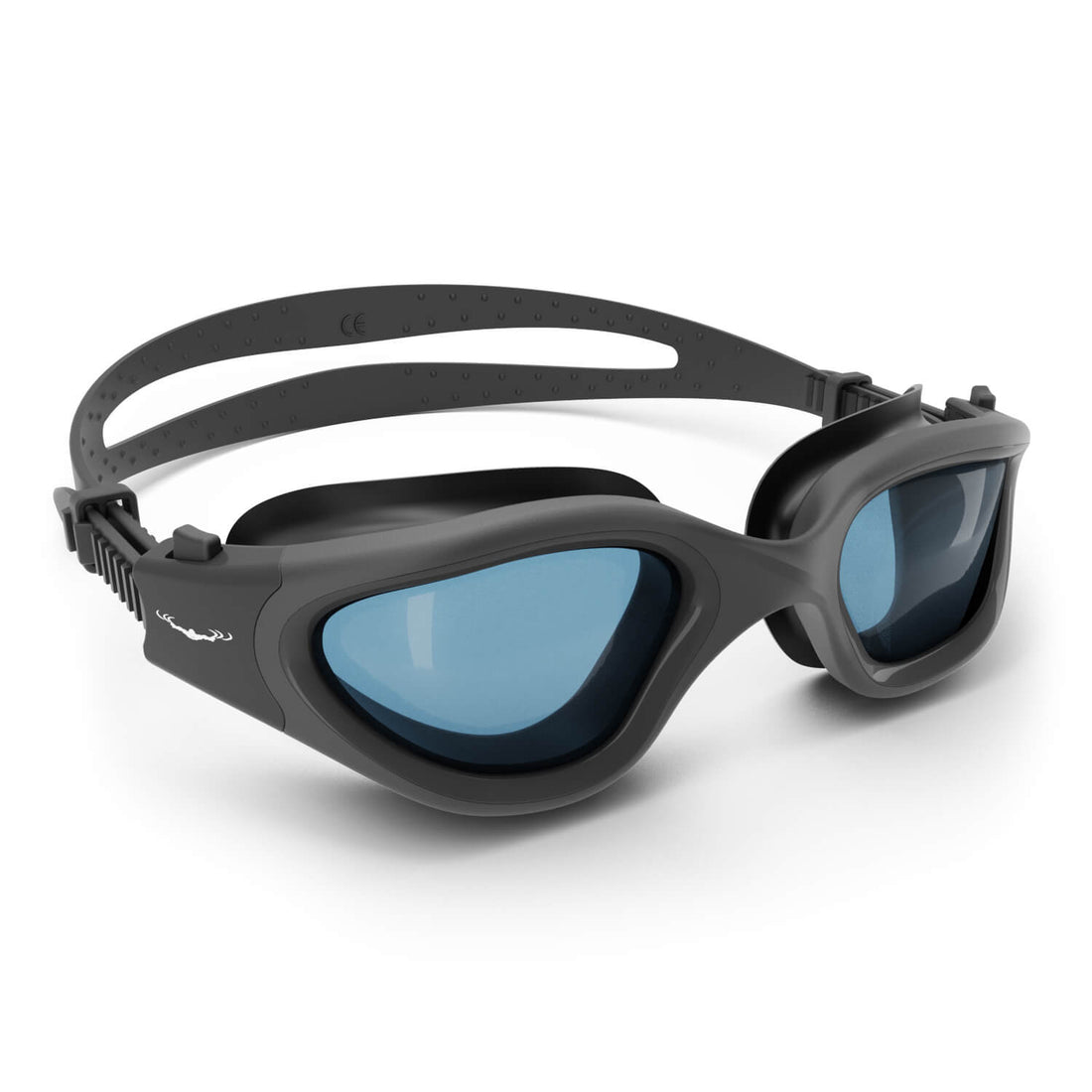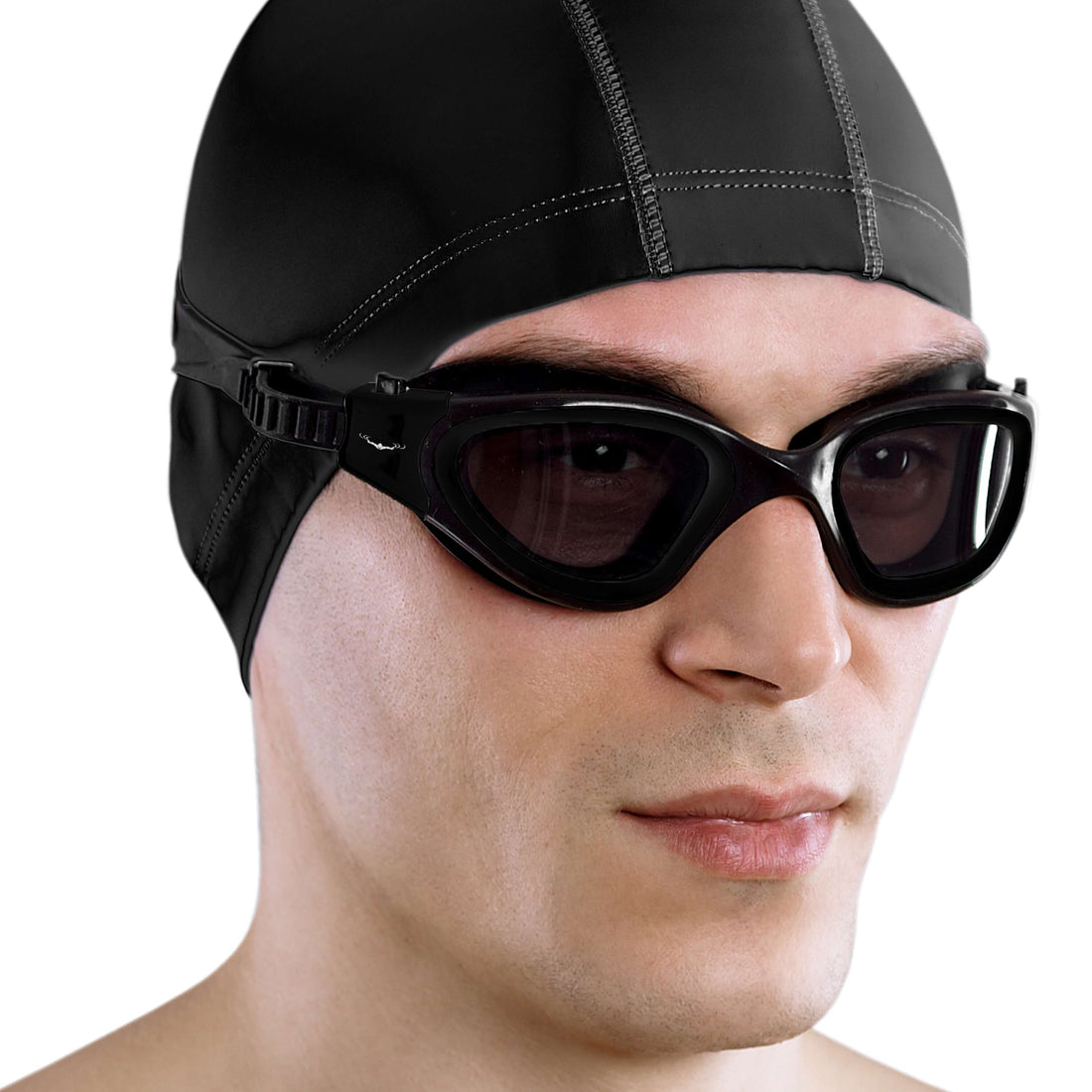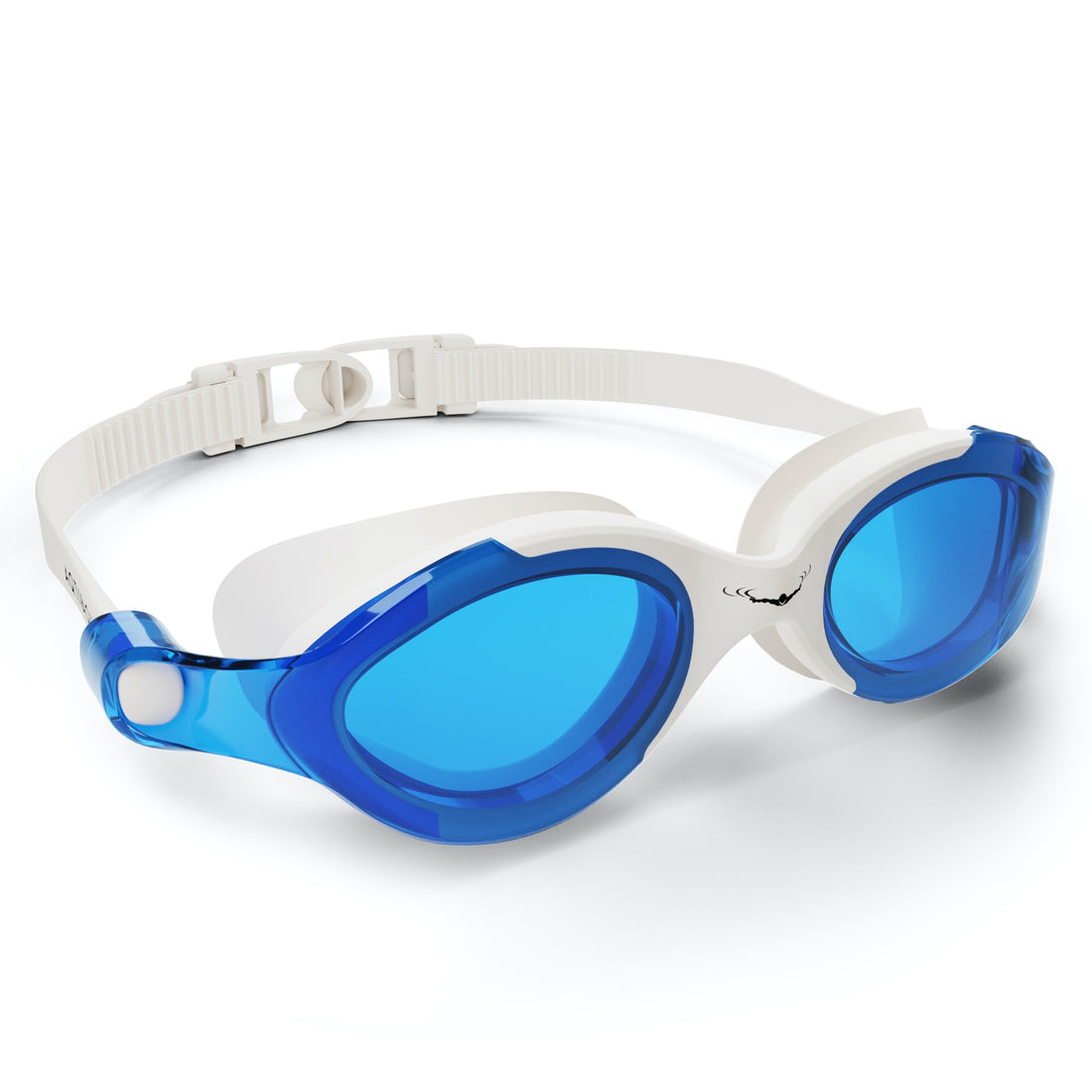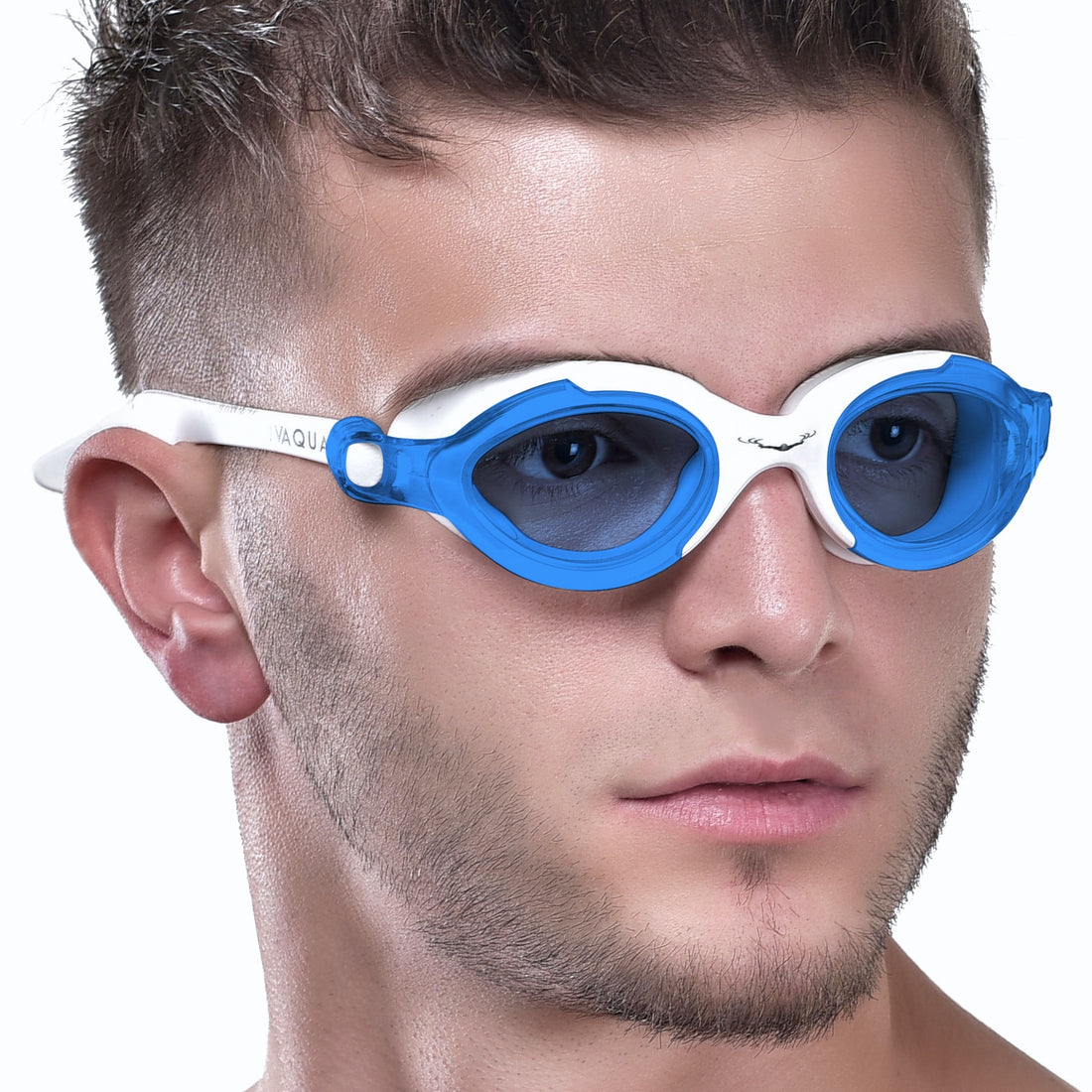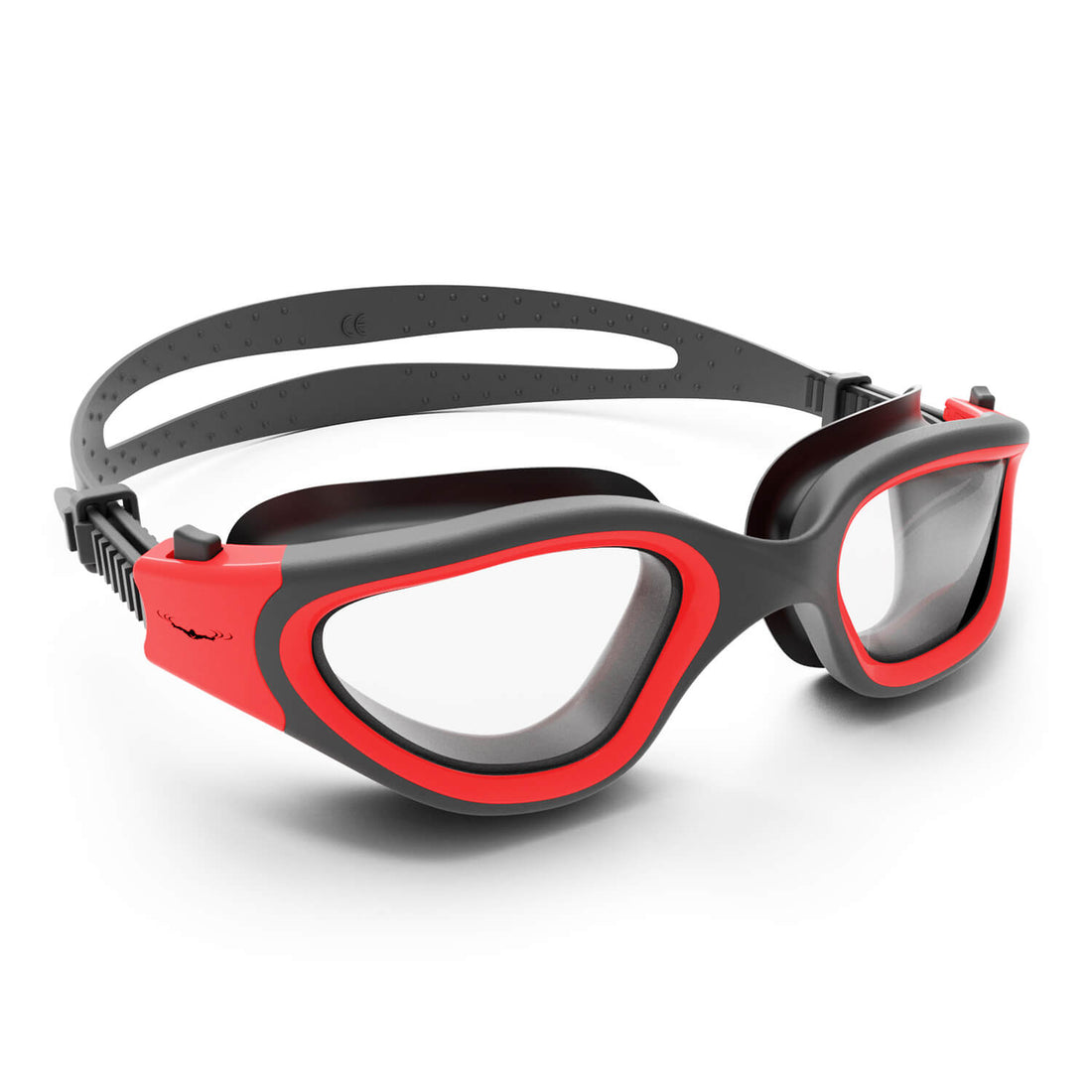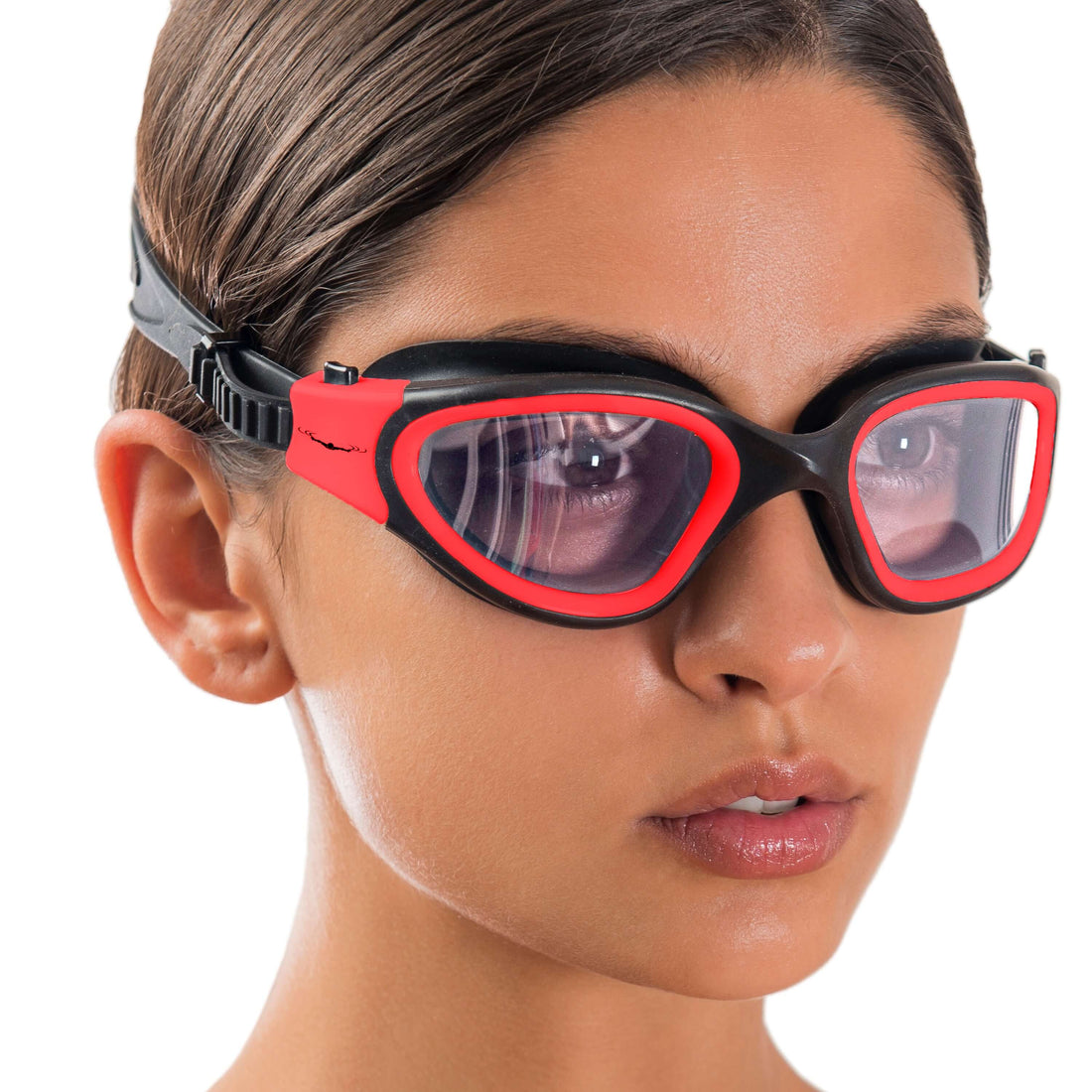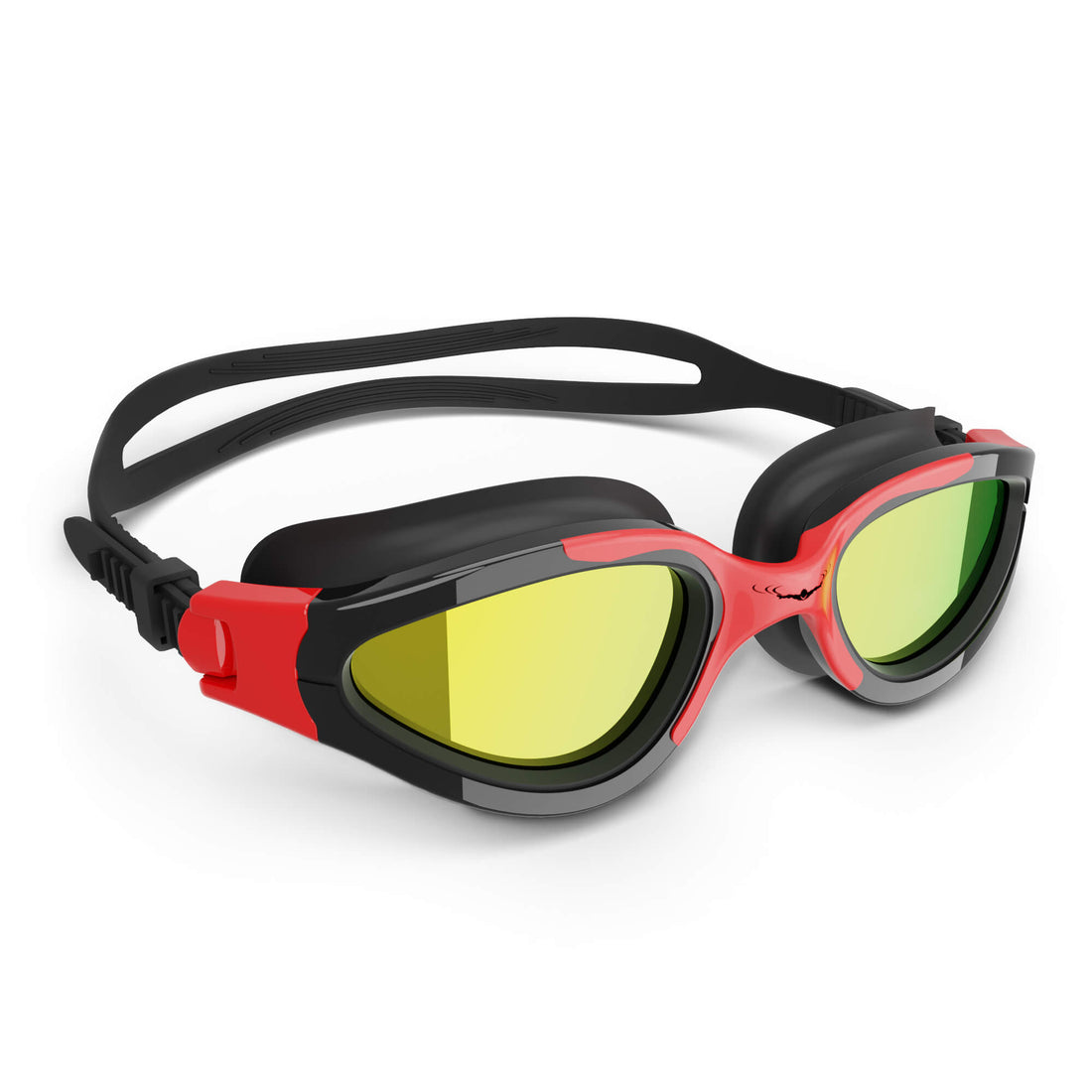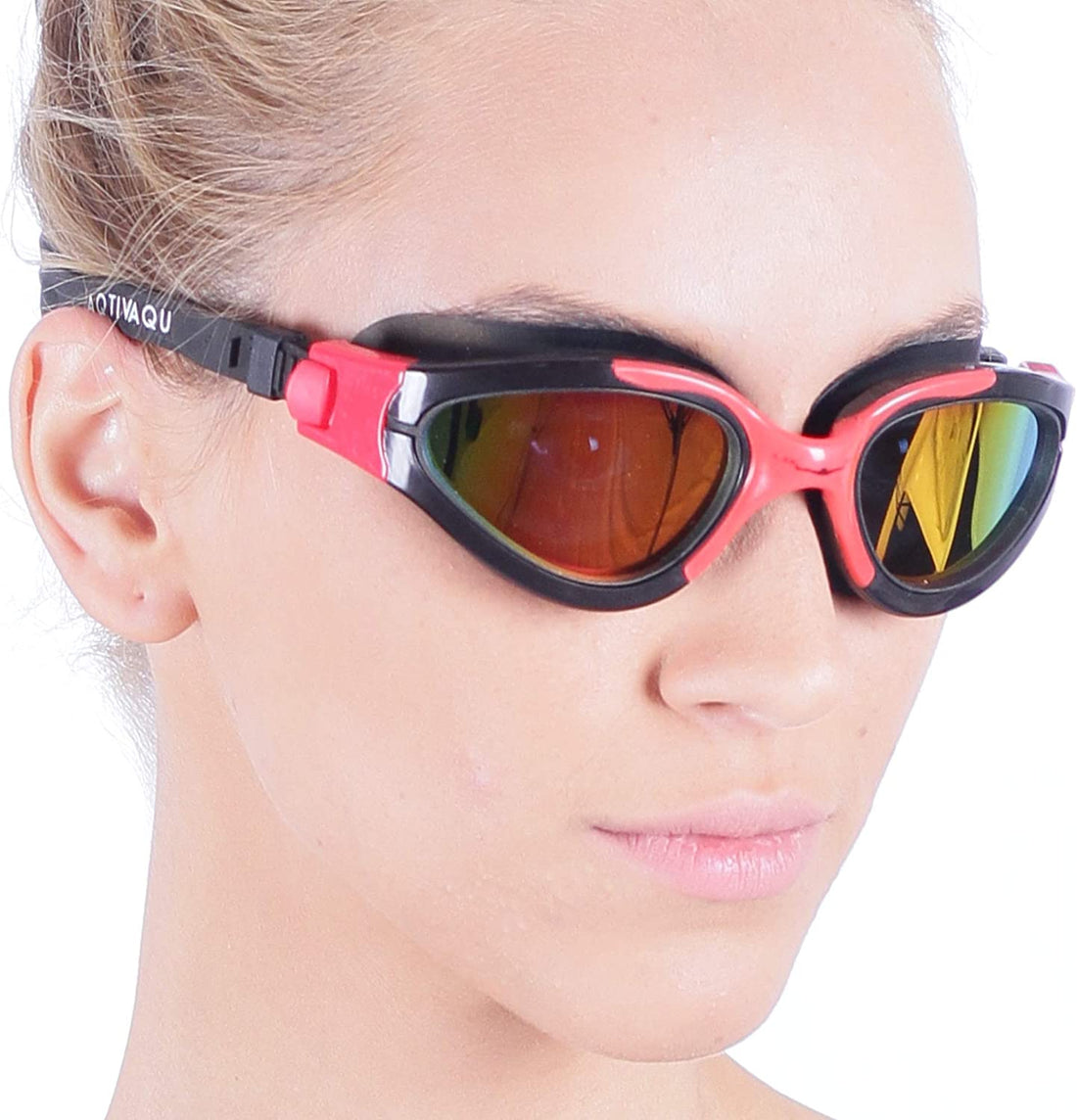Frequently Asked Questions
1. What is the history of swim gear?
2. How did swimwear evolve in ancient Rome?
3. What advancements in swim gear occurred in the 20th century?
4. How has technology influenced modern swim gear?
5. What is the importance of sustainability in swim gear?
Swimming is not just a sport; it's a way of life for many individuals around the world. From competitive swimmers to casual beachgoers, the right swim gear can significantly enhance the experience in the water. Over the years, swim gear has undergone a remarkable evolution, reflecting changes in technology, culture, and consumer preferences. Let's dive deep into the history and progression of essential swimming equipment, including swimming caps and swimming headbands, and discover how they have transformed over the years.
The Origins of Swim Gear
The history of swimming gear dates back to ancient civilizations. Historical records indicate that swimming was practiced as early as 2000 BC in places like Egypt and Greece. These early swimmers often swam in their basic garments or even naked, with little thought given to specialized swimwear.
Swimwear in Antiquity
In ancient Rome, the concept of swimwear began to emerge as the first forms of a swimming costume were crafted. Made from wool, the Roman swimwear was designed to provide both modesty and functionality. As swimming gained popularity, so did the demand for more appropriate gear.
The Advent of the Modern Era
Fast forward to the 19th century, the modern era brought about radical changes in swimwear and accessories. The introduction of new materials and the onset of leisure culture paved the way for improved performance in the water.
Late 19th and Early 20th Century
In the late 1800s, innovative fibers such as cotton and denim began to dominate the swimwear market. The "bathing suit" became popular among both men and women, with styles ranging from full-body suits to more revealing two-piece designs.
The Role of Swimming Caps
During this period, swimming caps began gaining traction, particularly among competitive swimmers. Originally made from rubber, these caps were designed to streamline the aquatic experience, reducing drag and allowing for smoother movement through the water. As time went on, silicone and fabric versions emerged, offering more comfort and flexibility.
The Mid-20th Century: Toward Innovation
The mid-20th century ushered in a new age of technology and design in swim gear. The 1950s and 60s saw the rise of more advanced fabrics that changed how swimwear was made and performed.
Revolution in Materials
By the 1960s, new synthetic materials such as Lycra were introduced, allowing for tighter-fitting swimwear that enhanced movement and comfort. The introduction of high-tech fabrics also meant swimgear could repel water more effectively, further improving buoyancy and performance.
Fashion Meets Functionality
As swimming began to be viewed as both a competitive sport and a leisure activity, the focus shifted toward stylish designs. Designers began producing vibrant swimming caps and beautiful swimwear that combined aesthetics with practical functionality. The market expanded to offer various colors and styles to cater to all tastes.
The 21st Century: Technological Advancements
As we entered the 21st century, the evolution of swim gear took a dramatic leap. Advancements in materials and technology revolutionized how athletes and casual swimmers dressed for the water.
The Rise of Tech-Enhanced Swimwear
Today’s swimwear is often embedded with technology designed to improve performance. Many high-end brands offer swim gear that can detect biometrics or use water-repellent coatings that aid in reducing drag. This high-tech swim gear is especially popular among professional swimmers who want to maximize their potential in the water.
Swimming Headbands and Caps
In recent years, the trend of using a swimming headband has also become prevalent. Originally designed for competitive swimmers to keep hair in place and reduce resistance, headbands are now made in a variety of materials, colors, and styles to cater to swimmers at any level—from casual pools to intense competitions. Swimming caps continue to evolve as well; they come in different styles, including the traditional latex cap, the soft silicone models, and advanced designs that provide superior fit and comfort.
The Role of Sustainability in Swim Gear
With a growing awareness of environmental challenges, the swim gear industry is noticing a significant shift towards sustainable practices. Brands are actively developing eco-friendly swimwear options, including swim caps and clothing made from recycled materials.
Changes in Consumer Choices
Today's conscious consumers are seeking swimwear and accessories that not only perform well but also align with their values. Sustainable options have become increasingly popular as individuals look for ways to contribute positively to the planet while enjoying their water activities.
The Future of Swim Gear
As we look to the future, the evolution of swim gear will undoubtedly continue. The world of swimming equipment is rapidly adapting to consumer needs, technological advancements, and sustainability measures. Expect to see more swimwear lines tapping into fashion trends while integrating smart technology and eco-friendly practices in the years ahead.
Understanding the Variety of Swim Gear
With the myriad of swimming gear available today, choosing the appropriate items can be overwhelming. Here's a quick overview of essential swim gear:
- Swimming Caps: Essential for keeping hair out of the face and reducing drag.
- Swimming Headbands: Prevents hair disturbances for a more comfortable swimming experience.
- Swim Suits: Designed to provide comfort, flexibility, and reduced resistance in water.
- Goggles: Protective eyewear to enhance visibility underwater.
- Swim Fins: Help improve leg strength and technique.
- Nose Clips and Earplugs: Provide additional comfort and protection for non-frequent swimmers.
Dive Into the Evolution of Swim Gear
From their humble beginnings to the high-tech innovations of today, swim gear has undergone a phenomenal transformation that enhances the swimming experience for everyone. Whether you're a competitive swimmer, a casual beachgoer, or a fitness enthusiast, understanding the evolution of swimming caps, swimming headbands, and other essential gear is key to making informed choices that enhance both performance and comfort in the water.
As this industry continues to innovate, there’s no doubt that future advancements will make waves—flipping the script on what swim gear can achieve. So grab your favorite swimming gear and dive into the water with confidence, knowing that you have the best at your fingertips!



